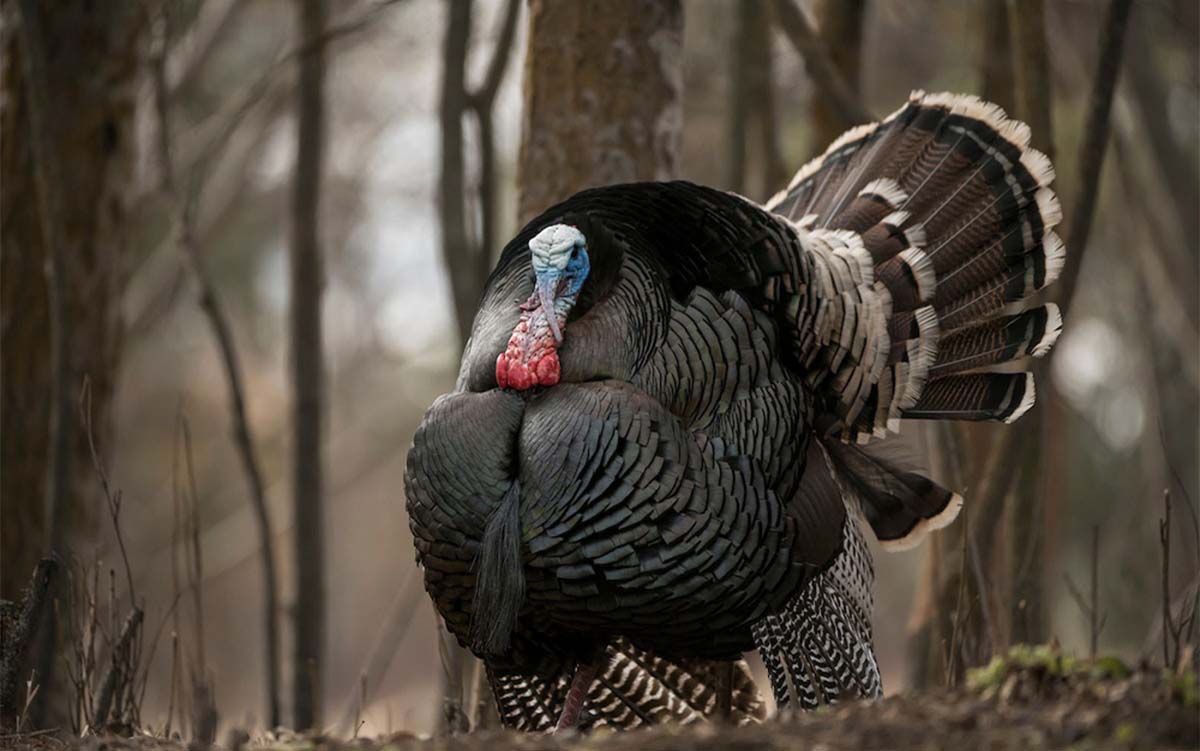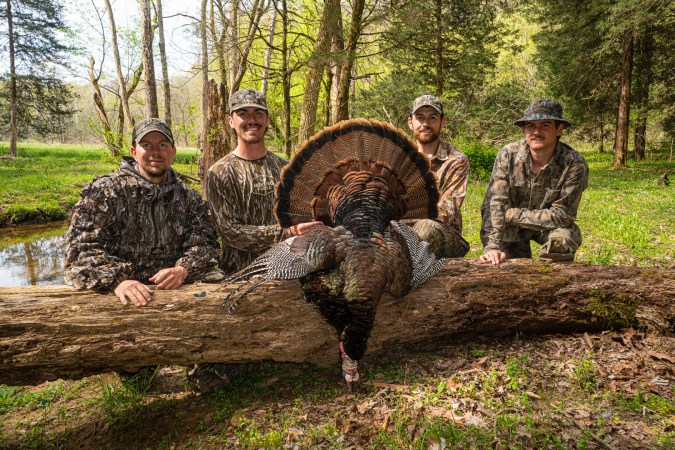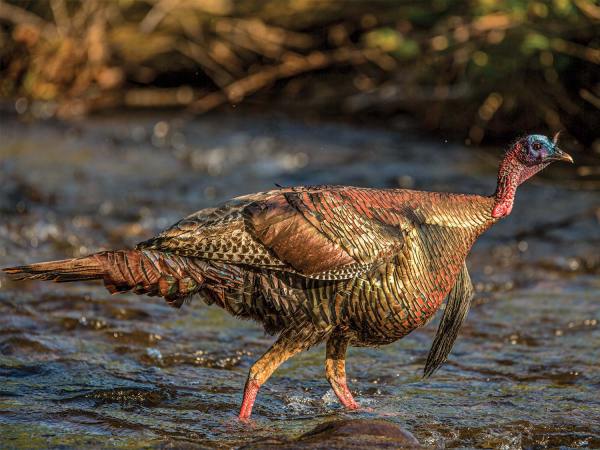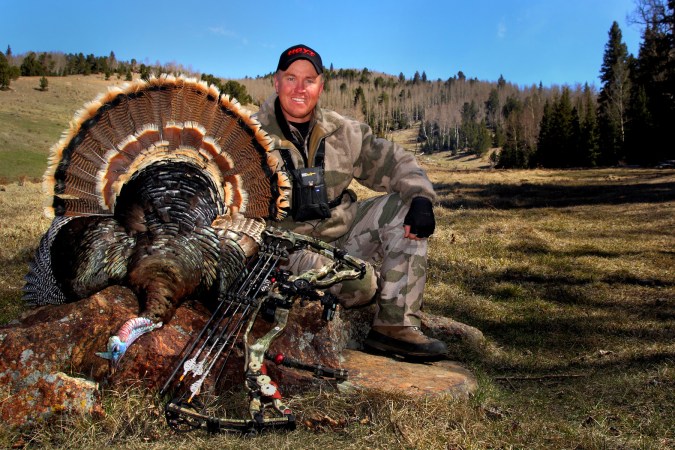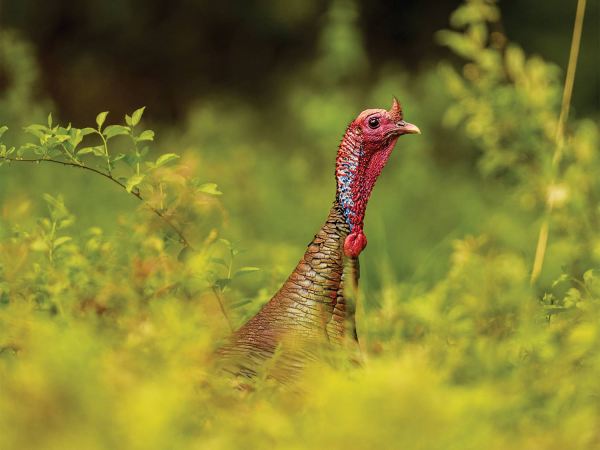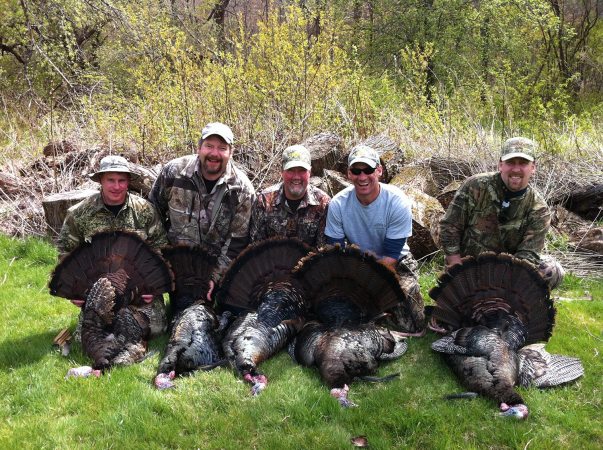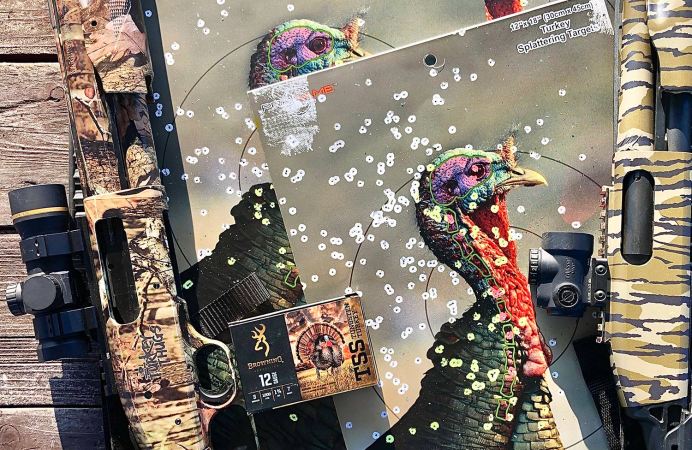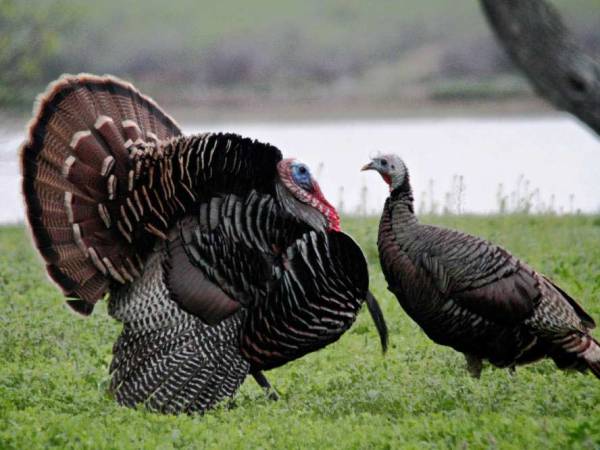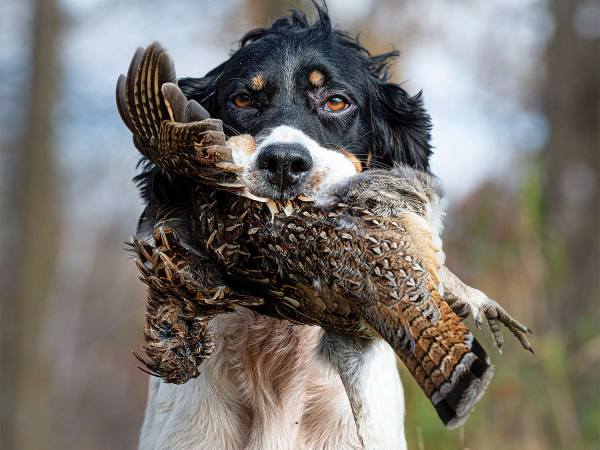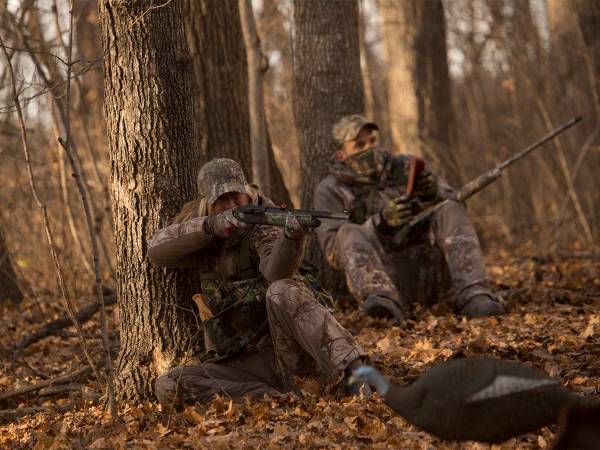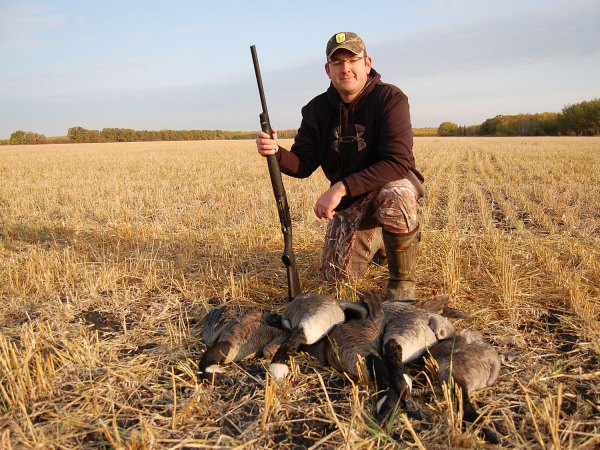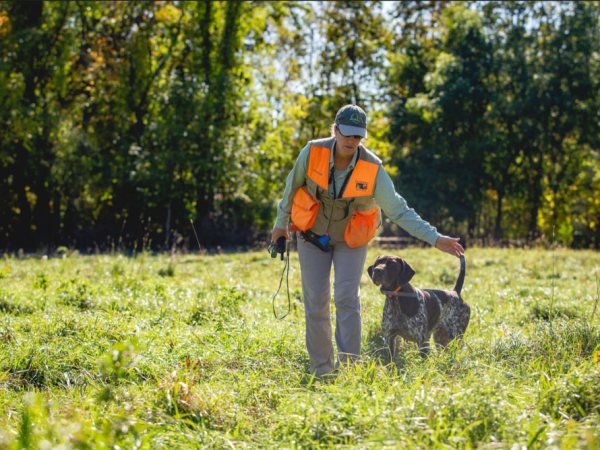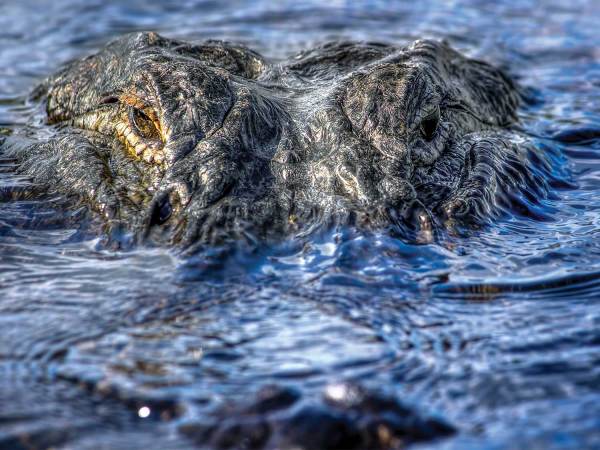No one will blame you when a whitetail buck jumps the string and ducks your arrow. Miscalculating windage adjustment on a long shot at an antelope means that you’re only human just like the rest of us. And clipping a branch on a shot at a bull elk as he slips through the timber is just bad luck. But missing a turkey within 40 yards while you’re armed with a souped-up turkey gun that’s loaded with the hottest TSS loads? Impossible. Right?
Unfortunately, turkey hunters miss too and probably more often than you think. Even the most experienced turkey slayers aren’t impervious to missing. Hunt long enough and you’ll have a miss that sticks with you forever. In fact, I don’t have a miss that doesn’t stick with me. And if anyone says they’ve never missed a turkey, they either haven’t shot that many of them or they’re lying.
Missing a turkey just hurts more than missing other game. You wake up at an ungodly hour and go through the painstaking task of calling a gobbler into range. The shot should be the easy part. But you do all that work only to waste a shell and watch him putt away. Sometimes you feel it when you pull the shot. Other times it’s obvious when a sapling, that wasn’t there two seconds ago, tips over with a trunk full of No. 6s. But most times, you just can’t explain why you missed. These encounters are chalked-up to “I don’t know what happened.”
Here are the Most Common Reasons Why You’ll Miss a Turkey:
- You take your head off the gun as you’re shooting.
- You shoot too quickly, without carefully aiming.
- Your super-tight turkey choke means that you’ve got a fist-sized pattern at close range that makes missing a moving bird easy.
- You shoot at a strutting tom, misjudging his body position.
- You’ve got gobbler fever and slam the trigger instead of pressing it.
- You flinch or close your eyes just before pulling the trigger.
The best and worst thing about missing a turkey: It probably wasn’t your first, and it definitely won’t be your last time. Everyone misses (though some of us might miss more than others). So, enjoy this list of excruciating and head-scratching misses from some of the best turkey hunters around and a few editors at Outdoor Life.
The Double Miss
By Gerry Bethge
During one especially horrible stretch several years ago, I missed seven birds in a row. I, of course, took nothing but grief from all of my hunting buddies. But what made it worse was that I knew precisely what I was doing wrong and could do nothing to correct it. Inexplicably, I would lift my head off the stock of my shotgun to look for a flopping bird just as I pulled the trigger. It’s probably why most turkey hunters miss their bird. But here’s the one that hurt the most:
My buddy, Dave Streb, from Quaker Boy Game Calls and I were inseparable in the spring. We’d gear up each day during the first week of Massachusetts spring turkey season to make the rounds of our spots. One morning, we were fortunate enough to strike a bird. Streb grabbed his gear and dumped off into the woods while I continued down the woods road. Just 100 yards further, I spotted a longbeard crossing the road. I hastily found a spot to pull over, jumped into the woods, and began soft calling. Within minutes, the longbeard was out in front of me. I put the bead on his head—or at least I thought that I did—and flat-out whiffed on the shot. The gobbler flew off into parts unknown. Dejectedly, I trudged back to my vehicle to check on Streb only to find him sitting on a log—equally dejected. I’d never heard him shoot nor did he hear me. We then realized we must have shot at the same time. Simultaneous misses within a couple hundred yards from each other. We laughed for days after, but what are the odds?
The takeaway? Missing sucks. Missing with your buddies sucks a little less. Oh, and keep your head down on the gun.
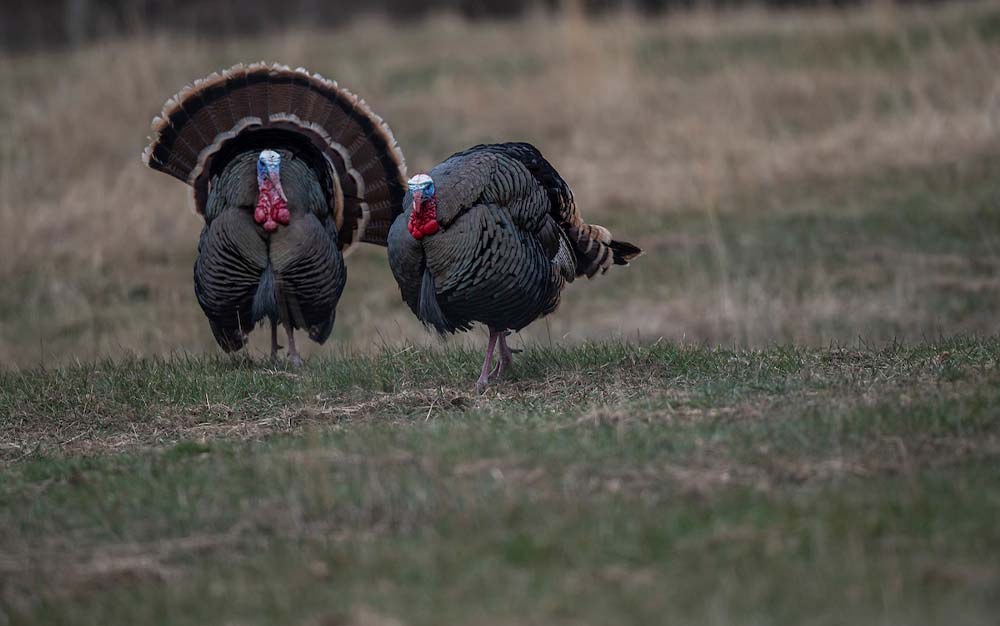
Missing Too Fast
By Alex Robinson
At sunrise, I heard gobbles and snuck closer—too close. I bumped a small flock of birds from a field near their roost, or at least near where I expected their roost to be.
That afternoon I returned to see if I could catch them headed back. An hour before dark I heard soft hen yelps coming my way. A few hens trickled by, then a pack of jakes. Soon there were turkeys all around me, some as close as 20 yards. Sitting perfectly still for 15 minutes … 20 minutes … 30 minutes is a physical feat that only turkey hunters truly understand. Then I saw a giant gobbler’s fan approaching over the crest of a small hill. He was backlit by the setting sun and too far for a shot, so I stayed frozen. Eventually one of the hens flew up to her roost tree behind me. Then another, and another until all the turkeys that had surrounded me on the ground were now roosted in the trees above. Finally, the gobbler flew up and perched on a limb not 20 yards away.
I knew if I stood up and walked out now, all the turkeys would explode from their roosts, and I’d have no shot hunting them in the morning. I waited for full dark, which is about 9:30 that time of year, and belly crawled out of there in the pitch black—calculating the hours of sleep I would miss as I crawled.
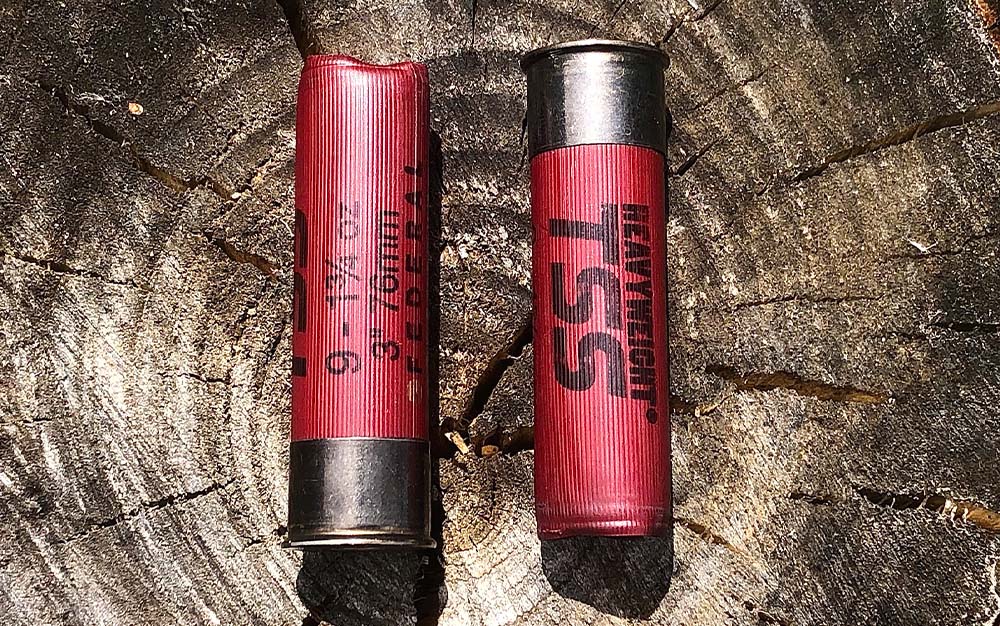
Morning greeted me with another 3:30 am wakeup call and another stalk through the darkness. But this time I knew exactly where to set up. After fly down, I picked a fight with one of the big gobbler’s hens. It sounded like the whole flock was easing my direction. Then I heard footfalls in the leaves behind me. The sound immediately registered as two turkeys running my way. Instead of whirling around quickly as I should have, I slowly turned my head and rotated my shoulders. Sure enough, two toms were charging toward me, but by the time we spotted each other, they weren’t 15 yards away. They putted and started walking away as I spun around and leveled my shotgun. I picked the closest one (which was now only about 25 yards away) and slammed the trigger. The longbeard just stood there like nothing happened. I fired another quick shot, and this time the tom and his buddy flew off. I slumped against my tree, defeated. The turkey woods fell silent except for the ringing in my ears.
The takeaway? Move fast and shoot slow. And the harder you work to get a shot, the worse it hurts when you miss.
READ NEXT: The Best Turkey Hunting Shotguns
The Sight Malfunction
By Jason Hart
On the final day of Arizona’s 2020 season, I was two states shy of completing my US Super Slam. I also had a prior commitment to friends that I would save Mississippi for my last state. Needless to say, I had a bit of pressure to get it done in Arizona first, or I’d have to put off my U.S. Super Slam another year.
On the last morning of a tough season on Arizona public land, I managed to locate and call a longbeard through a small patch of timber. He hammered off and immediately started working toward my calls. I could tell he started closing the distance fast, as he gobbled all the way to me. I quickly flipped on my red dot and noticed that the setting was stuck on max brightness. No matter how hard I tried to press the buttons, it wouldn’t budge. As the bird emerged in full strut at less than 25 yards in the timber, I tried to put the bead on his neck. But the red dot was so bright it covered the entire bird, and I couldn’t get a solid bead on him. I pulled my head off the stock to make sure I was on him (or at least I thought I was on him), steadied my aim, and squeezed the trigger. The bird flew straight up, untouched, and landed within five feet of my setup. I quickly attempted a follow-up shot when I noticed that my souped-up semi-auto turkey gun didn’t properly cycle. Right about that time the bird bolted away, and so did my hopes of completing my US Slam that year.
The takeaway? Fancy turkey hunting rigs are great, but only when they work.
READ NEXT: The Best Sights for Turkey Shotguns: Scopes vs. Red Dots vs. Open Sights vs. Beads
The Wrong Tree
By Aaron Warbritton
When I was 15, I spent the whole week scouting before Missouri’s youth season opened. My old man and I found a promising area with tons of turkey sign and managed to roost a bird the evening before opening day.
I don’t think I slept a wink that night, and I woke my old man up way before his alarm went off. I wanted to make sure we set up well before daylight, so we didn’t run the risk of spooking this bird. And when I say well before daylight, I mean I had plenty of time to imagine every possible scenario that might play out with this gobbler. But when we got to the tree I picked out and made ourselves comfortable, something didn’t seem right. As daylight started breaking, I realized we set up on the wrong tree, and about 25 yards ahead of me a sapling stood with brush scattered on the left side of it. By this time, the bird had been gobbling his head off for at least twenty minutes, and I was so petrified of spooking him that I convinced myself and my old man that we could make-do with this spot.
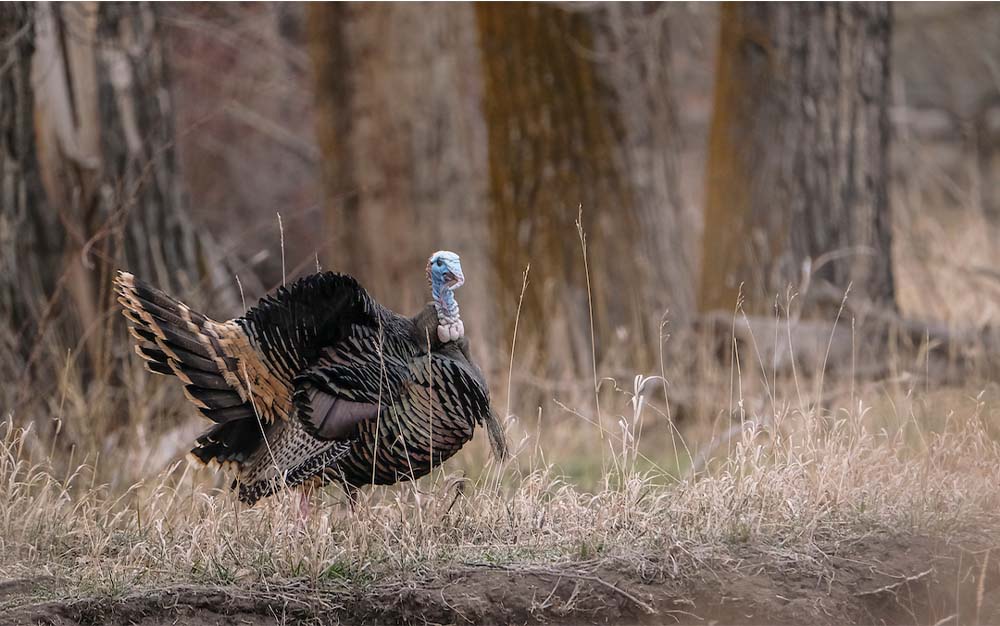
When that bird finally pitched down, he came in on a string. Except he appeared on the wrong side of the sapling behind the thick brush. I didn’t have a clear shot, and that gobbler eventually got nervous and started to leave. So, I leaned up as far as I could, and by this time the turkey spotted me. I tried to swing and shoot as that gobbler hit a full sprint but didn’t cut a single feather. To make matters worse, I went to look at the tree I originally picked out. Sure enough, had I set up there I would have had a clear shot at the gobbler, based on the route he took.
I don’t know if it was exhaustion, all the hard work I put into scouting, flat out missing, or a combination of the three, but I cried all the way back to the truck with my old man laughing at me.
The takeaway? Good setups make for good shooting. And, sometimes it’s okay to cry, but hunting with your old man isn’t one of them.
READ NEXT: The Best Turkey Hunting Loads
The Miss That Wasn’t
By Adam Moore
My worst miss happened this season, but it wasn’t a miss exactly. The season just opened in Mississippi, and my buddy and I worked a lone tom the previous day in hopes of getting him his first bird. We set up on the wrong side of an old fence row, and he gobbled his head off in range but just out of sight. Despite our best efforts and sweetest yelps, he just wouldn’t cross that fence, and we had to leave him, gobbling his head off at every passing crow.
The next day my buddy had to leave for work, so I hunted solo and set up on the other side of the fence row within 60 yards of his roost tree. He fired off as expected. I gave him four of the most seductive yelps I could muster, and he cut me off. I played it quiet, and so did he when he flew down. Ten minutes later I saw him weaving through the pines, and I let him work to an opening I pegged as a good shooting lane well within range. I fired when I saw his snood dangling in that opening, and he dropped and did the usual flopping. I shucked the shell, grinning as I took my time and strutted my way to dispatch him. Just as I started to lower my boot over his head, we locked eyes. He putted, frantically flopped, and beat his wings until he rolled onto his feet and out of my life. I looked hard for that gobbler, and never found him. Two days later, I returned to the same spot, in hopes that he would, too. To my surprise, he fired off from the same roost tree. So, I gave him the same soft calls, and he went quiet just like before. Only this time he pitched down away from me. I could only listen as he gobbled and headed the other way in what seemed like a sprint.
The takeaway? Don’t start your grin until you’ve got the grip.

